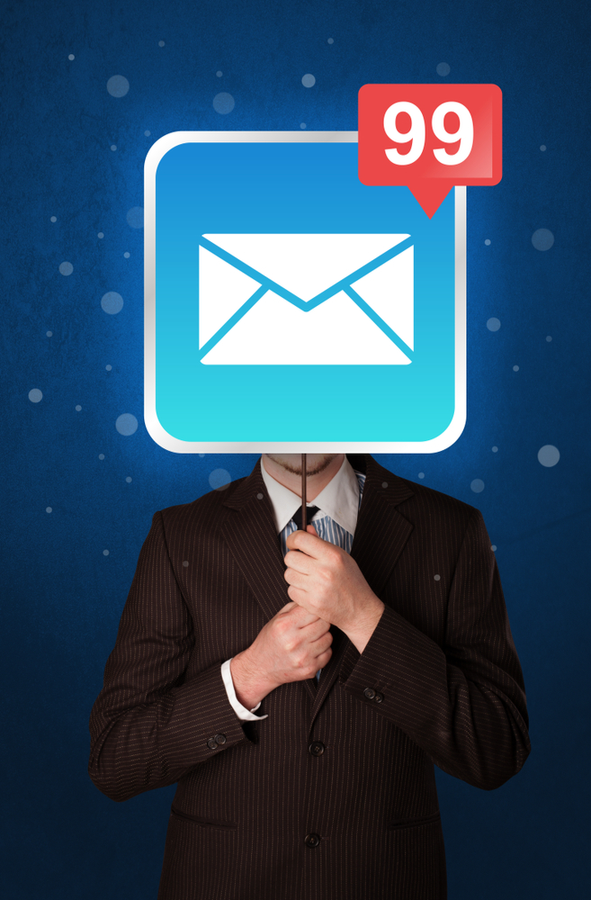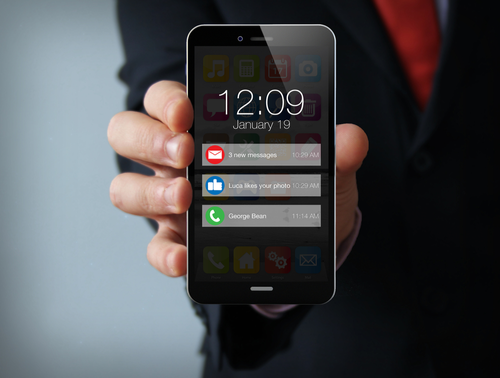Many marketers and laymen use the terms “Email Deliverability and Email Delivery” interchangeably. They don’t realize “Delivery” and “Deliverability” are distinctly different aspects of email marketing. Most marketers are referring to “Email Deliverability” when talking about either aspect. To make it easy to understand what the differences are you can think of each in this way:
Email Delivery: This is generally based on technical aspects of emailing.
Email Deliverability: Is generally based on the content of the email, including the underlining formatting/code (HTML)
Email Deliverability Vs Email Delivery: What is the Difference?
Is Your Email Marketing Going To Spam?
Consider the following differences between Email Deliverability and Deliver as reasons why your emails may be filtering into spam inboxes instead of primary inboxes.
Email Delivery:
- Did the recipient’s email provider accept your email? (this comes way before “inboxing”)
- Are you Blacklisted?
- Did your email go straight to a “black-hole”? (email is deleted, unseen by any human, did not reach the intended recipient, etc.) Most email automation programs will mark this as “Delivered”, giving the sender false data.
- Email authentication: SPF/DKIM/DMARC – The first two must be done correctly. The last one, DMARC is new but is likely to become mandatory soon.
- Sender Reputation/Sender score – As you might suspect, there are a lot of algorithms to determine whether or not you are ranked as a “good” or “bad” sender.
- How your automated software perceives you IP Address (shared or dedicated), your sending email address, and your sending domain name
Email Deliverability:
You’ve made it past the first phase, “Delivery” … how is your “deliverability”…
- Inboxing – did your email make it to the user’s inbox or was it sent to spam?
- Spam words – using spam phrases/language and spam words will increase the likelihood your email is sent to the spam folder.
- CAN-Spam Compliance – Is your email compliant with regulations?
- Clean sending list – Does your list contain spam traps and honeypots, bounces?
- Plain Text And HTML Formatting – Make sure it’s perfect formatting. You will be penalized for improper HTML and formatting.
- Is your message being throttled? Message delivery time to the user can be vastly different than when you scheduled it to be sent or received.
- Subject line – being inboxed is meaningless if you don’t have an attention-grabbing subject line.
- Personalized to recipients.
- Using single opt-in or double opt-in (It matters!). There are benefits and drawbacks to each method.
- Easy to unsubscribe – Unsubscribing should always be easy and clear for your users.
- Content/copy – Do you have quality and relevant copy? Keep your content light when possible, heavier emails are generally more scrutinized.
- Stylizing the copy – Avoid multiple colors, bold, underline, italics, bullet list, ALL CAPS. Try to write in a natural style (not as the “sham-wow” guy). Find a balance in style that gets you inboxed and leads to the CTA (call-to-action) you desire.
- Tracking – Tracking every aspect of your email campaigns will provide valuable insight into deliverability issues.
Is There A Way to Get 100% Delivery & Deliverability?
There Is, But Not With Email!
Email is here to stay. You should always have an active email marketing strategy.
That said, you should be able to reach your prospects and customers whenever you need to, without all the hurdles and headaches email gives you.
The platforms everybody should be looking at to use are:
- Social Media
- SMS
- Push Notifications
- Web Push Notification
Consider the pros and cons to each when determine the best delivery and deliverability for the optimum method of marketing communication.
Pros:
- Everybody has a personal email account & for the vast majority it stays the same
- Ability to send any length message and formatted the way you want it
- Affordable even for small businesses
- Relatively good tracking of your campaigns (with an email automation service / increased cost)
- Personalization (with an email automation service / increased cost)
- Segmentation (with an email automation service / increased cost)
- Easy to share emails
- CAN-SPAM Act Compliance
Cons:
- With the vast majority of email traffic being spam, even the best run email marketing will encounter Email Deliverability and Delivery issues
- Most people won’t even bother to open your email or even notice your subject line in their inbox. If you get a 1 in 8 open rates, you’re doing great!
- Email marketing requires a lot of work to keep your list and sending address clean
- Timely messages are often missed as many people do not check their email throughout the day, or even open their email client daily
- Getting subscribers to sign up is not easy, most people are reluctant to give their email address to a website
- Mildly interested people are reluctant to do any work to get onto your list. Think of it as a TV commercial, people don’t search for channels to watch the commercials, do they? No. But they will watch a show, and when an interesting commercial comes on, they make take action on it, such as buy a product. With email, most people are reluctant to fill out your forms. That’s why shorter forms get more subscribers
Social Media
Pros:
- Little Delivery & Deliverability Issues
- Increased SEO
- More traffic to your website
- Customer feedback
- Networking opportunities
Cons:
- You need to be on all the major platforms
- You need content daily (increased cost)
- You need to engage in conversions throughout the day (increased cost)
- Risk of being trolled and having to deal with bad actors (increased cost)
- Negative feedback
SMS
Pros:
- High open rates
- Most people have their phones close by
- Short are read! (this is also a con, as sometimes 160 characters are just not enough)
Cons:
- Cost $$$, SMS is costly! – It is generally reserved for customers and not prospects
- Sending images in your messages are even more costly
- Limited to 160 characters (this is not always a con if your message if effective in short format)
- You need to capture the user’s phone number on a form – this is harder than getting their email
App Push Notifications
Pros:
- Inexpensive (after the expense of building and app)
- Sending images cost is practically none
- 100% Deliverability and Delivery. Unlike email, push notifications are seen, because they simply pop up in front of a user
- Push Notifications get at least 4 times more reads than email
Cons:
- Requires the user to download and install an app (that requires the user to work)
- Requires the development and maintenance of an application
- Short messages (can be a pro too)
- Most mobile devices only
- App store compliance
Web Push Notifications
Pros:
- Very inexpensive (less than $30 a month)
- SaaS-based – no application to build or maintain
- Send messages out from any device
- Nothing for your subscribers to download and install
- Just a single click to subscribe! (unlike email where you need to have the user enter their address, SMS requires users to enter their phone number and app push notifications requires users to download and install your app)
- Unlike App Push Notifications, Web Push Notifications work on most devices: mobile, tablet, laptop, and desktop
- No compliance rules and regulations – the connection is between you and your customers & prospects
- No Spam Folder! – the connection is between you and your customers & prospects
Cons:
- Short messages (but that might not be a bad thing either!)
Try out Web Push Notifications for your self with our live demo.









